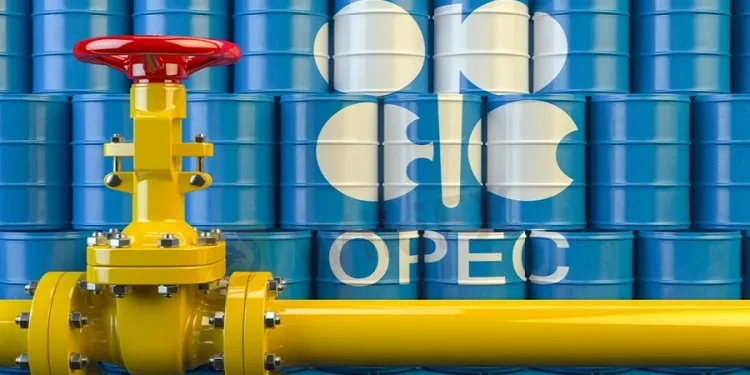简体中文
繁體中文
English
Pусский
日本語
ภาษาไทย
Tiếng Việt
Bahasa Indonesia
Español
हिन्दी
Filippiiniläinen
Français
Deutsch
Português
Türkçe
한국어
العربية
Saudi says oil price plunge ignores extremely tight global crude supply
Abstract:OPEC’s leading oil producer, Saudi Arabia, says the recent oil price decline is driven by poor futures market liquidity and macro-economic fears, which have ignored the extremely tight crude supply.
OPECs leading oil producer, Saudi Arabia, says the recent oil price decline is driven by poor futures market liquidity and macro-economic fears, which have ignored the extremely tight crude supply.

This was disclosed by Saudi Arabias Energy Minister, Prince Abdulaziz bin Salman in an interview with Bloomberg.
Prince Abdulaziz also stated that the oil futures market has fallen into “a self-perpetuating vicious circle of very thin liquidity and extreme volatility”, making the cost of hedging and managing risks for market participants prohibitive.
On concerns about a slowdown in the Chinese economy and a possible recession in the West, oil prices have fallen in recent weeks from as high as $120 per barrel to about $95 per barrel.
What the Saudi minister is saying
Salman claimed that prices were dropping because of “unsubstantiated” claims that sanctions, embargoes, and price limits against Russian oil were destroying demand and creating confusion.
The Prince described the markets as being in a state of “schizophrenia” and creating a “yo-yo” market that has lent a false sense of security.
“Spare capacity is severely limited and the risk of severe disruptions remains high,” he said.
The energy minister insisted that OPEC+ is “stronger and more cohesive than ever”, but also indicated that the expanded cartel could cut output at any time “and in different forms”.
The minister‘s remarks come as OPEC+ is working on a new agreement for after 2022, and the interview’s context suggests that OPEC+ intends to view any new agreements through the lens of the current market volatility, which the Saudis appear to view as having been hijacked and disconnected from true fundamentals.
According to Prince Abdulaziz, a new agreement between OPEC+ partners beyond 2022 would be beneficial. However, risks of supply disruptions remained high and a global spare capacity cushion was extremely thin.
“Without sufficient liquidity, markets cant reflect the realities of the physical fundamentals in a meaningful way and can give a false sense of security at times when spare capacity is severely limited and the risk of severe disruptions remains high,” he added.
What you should know
The Organization of the Petroleum Exporting Countries and allies led by Russia, a group known as OPEC+, agreed to increase output by 648,000 bpd each July and August as they fully unwind nearly 10 million BPD of cuts implemented in May 2020 to counter the COVID-19 pandemic.
The group also decided earlier this month to increase output quotas by another 100,000 BPD in September. But, only Saudi Arabia and the United Arab Emirates are thought to have excess capacity and the capacity to meaningfully raise production.
OPEC+ members produced 2.9 million barrels per day (BPD) below their collective oil production target in July, two OPEC+ sources told Reuters.
Disclaimer:
The views in this article only represent the author's personal views, and do not constitute investment advice on this platform. This platform does not guarantee the accuracy, completeness and timeliness of the information in the article, and will not be liable for any loss caused by the use of or reliance on the information in the article.
WikiFX Broker
Latest News
Saxo & Portuguese Bank Partnership
SEC Fines Broker-Dealers $275K for Incomplete SAR Filings
Elon Musk Warns of Imminent US Bankruptcy | Bitcoin Retreats from $100K
WikiEXPO Global Expert Interview: Advanced Practices and Insights in Financial Regulation
Justin Sun Invests $30M in Trump-Backed World Liberty Financial
Kraken Closes NFT Marketplace Amid New Product Focus
Robinhood Launches Ethereum Staking with 100% Rewards Match
Lured by False Promises: Malaysian Driver Lost RM218K to an Investment Scam
FTX Sets March 2025 Timeline for Creditor Payouts: What It Means for Investors
What is an Economic Calendar? How it works
Currency Calculator


